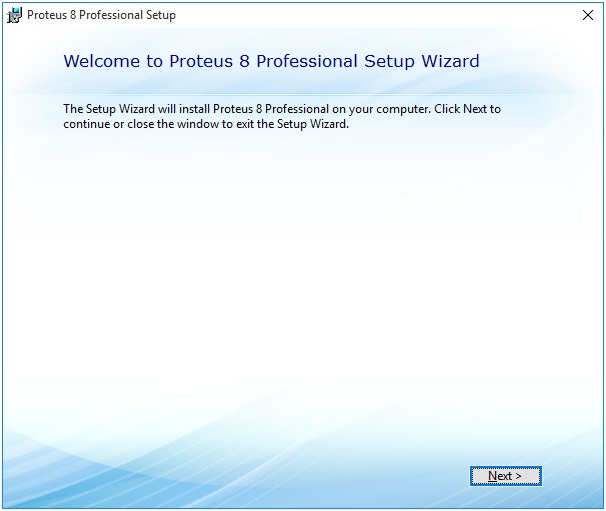

The D format is the older standard and will use two files per layer on your PCB. The standard file extensions you’ll work within Autodesk EAGLE today include:Īnother thing to remember about Gerbers is their available formats – Gerber RS-274D and Gerber RS-274X. The trick with Gerbers is that every file you generate will be associated with a particular layer on your board layout, each with its own unique file extension. These days, Gerbers are used to controls a laser plotting machine to make an image of all the traces, holes, vias on your PCB layout. When Gerber artwork was first invented, they were used to provide instructions to a photoplotter machine that would create a picture of your PCB using light on a unexposed piece of film. These files describe the copper of every layer in your PCB in a way that a computer-aided manufacturing system (CAM) can understand. Instead of relying on native file formats, every PCB design tool supports an intermediary manufacturing files, called Gerbers. Imagine if a manufacturer had to keep track of every native file format from each PCB design tool, throughout all time. There are a ton of other offerings, all with their own native file format. As we all know, Autodesk EAGLE isn’t the only PCB design software out there. After all, can’t you just send your Autodesk EAGLE schematic and layout files directly to your manufacturer and let them handle the rest? If only it were that easy. If you’ve never had a board manufactured, then hearing about Gerbers, Excellon, and NC Drill Files might sound like a foreign language. You’ll have to send them Gerber Files and Excellon Drill Files. But how does a manufacturer know how to make your PCB? They can’t use your native EAGLE files. And once they have everything they need, you get to sit back and wait for a package to arrive.

It’s at this juncture where you’re tasked with assembling all of the files and documentation that your manufacturer will need to successfully produce your board. Now it’s time to move on over to the post-design process to get ready for PCB manufacturing. The wait can seem like an eternity when you first hand-off your design files, but when you receive that package on your doorstep, it’s like an engineer’s Christmas! In our PCB Basics Series we’ve gone through the entire design process, starting with a visual representation of your circuit in schematic design, and then moving on to squeezing all of that theory into a physical footprint with components and traces. There’s no greater reward than spending hours designing every last detail of your PCB and then finally getting your board back from your manufacturer. PCB Manufacturing Basics Part 1: How to Generate Your Gerber and Drill Files Gerber & NC Drill: PCB Manufacturing Basics 1


 0 kommentar(er)
0 kommentar(er)
